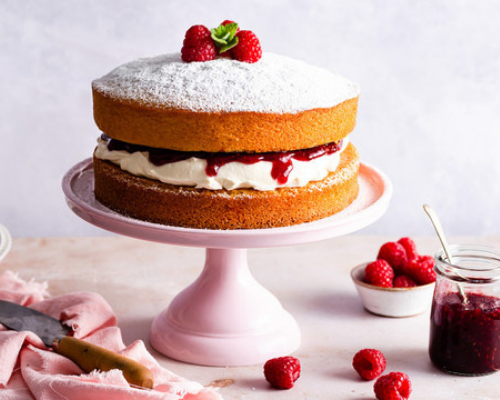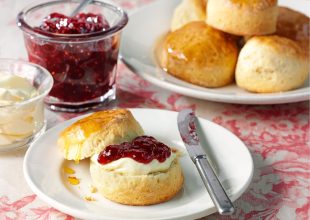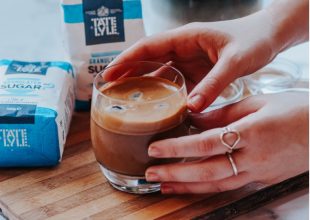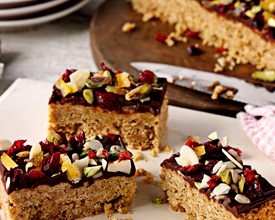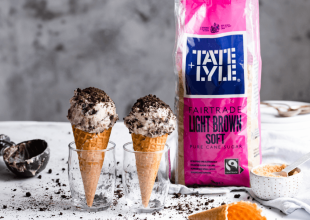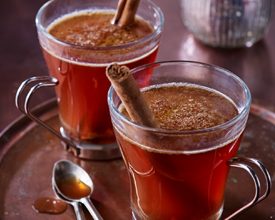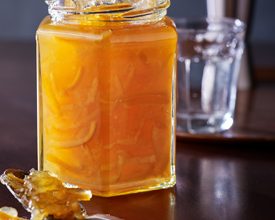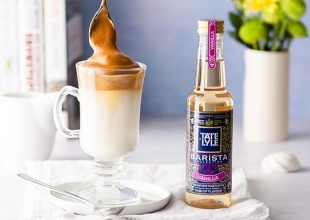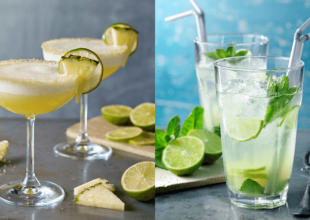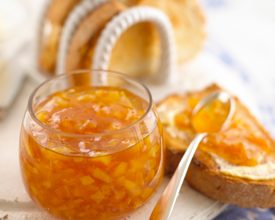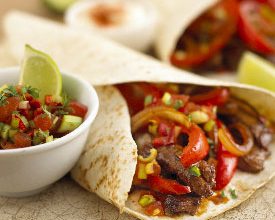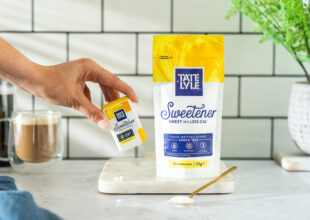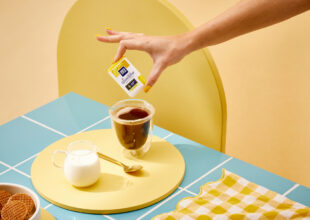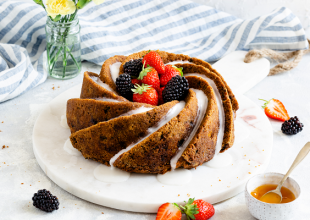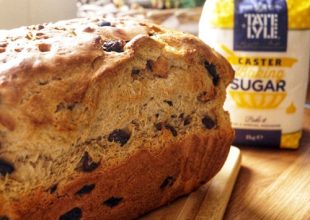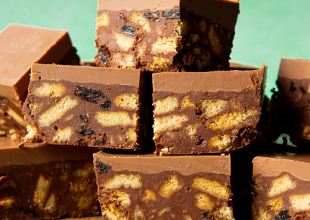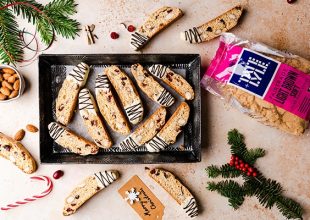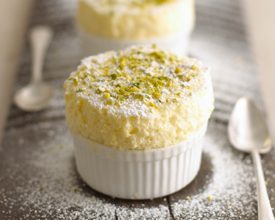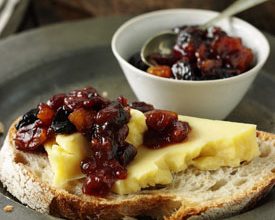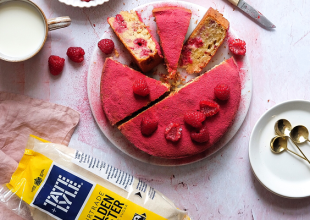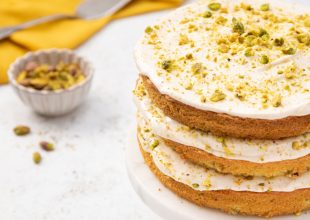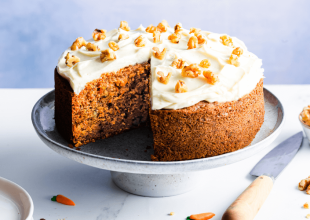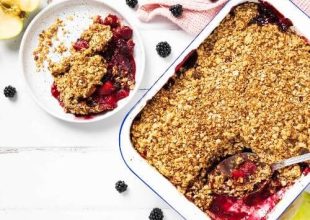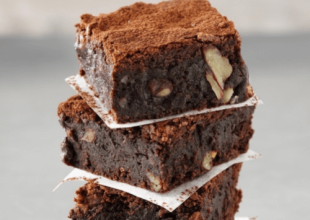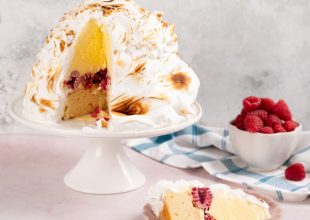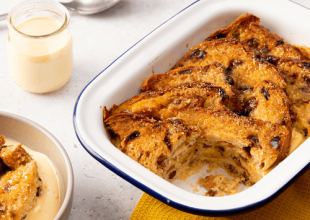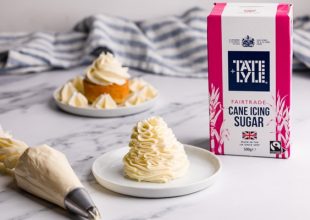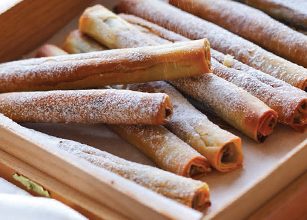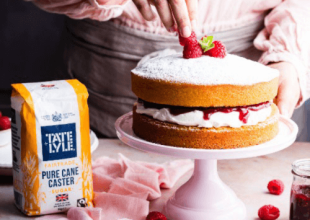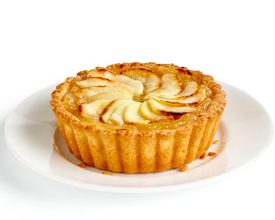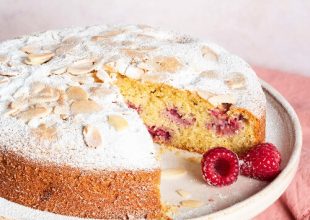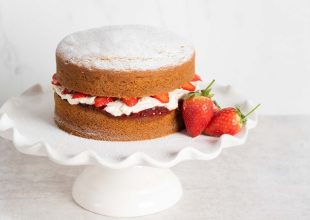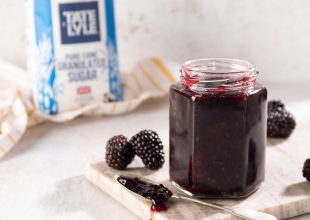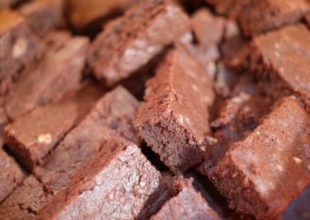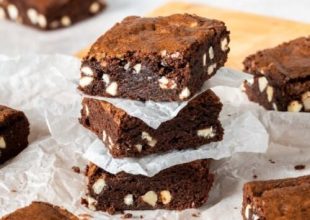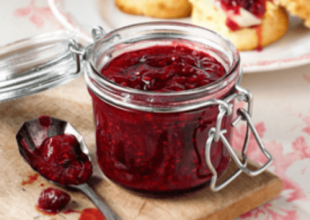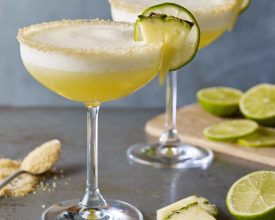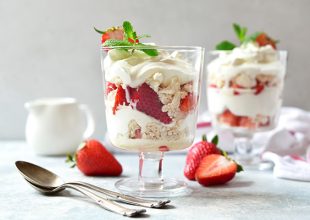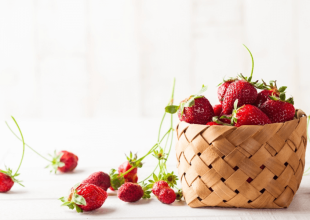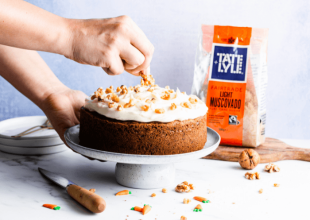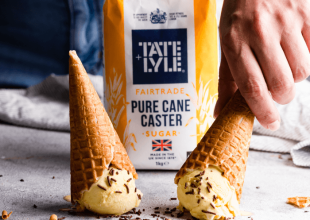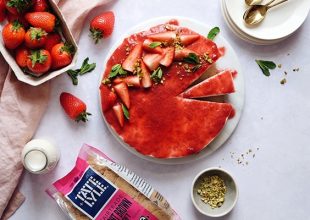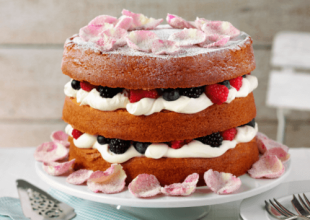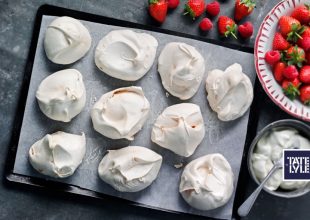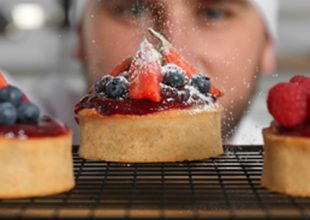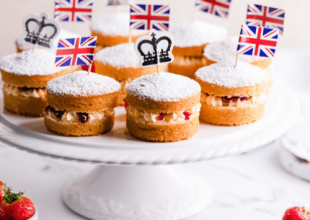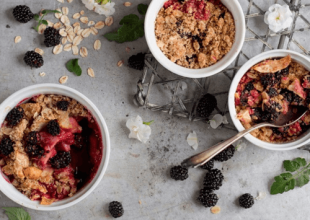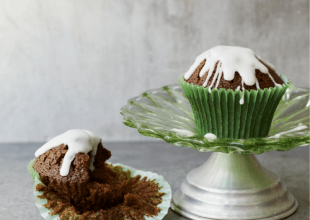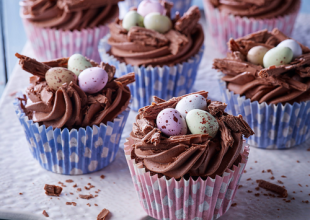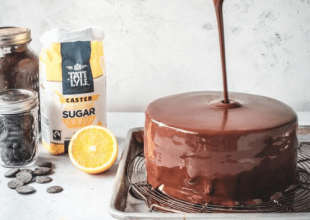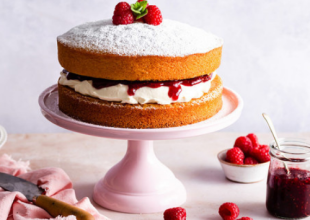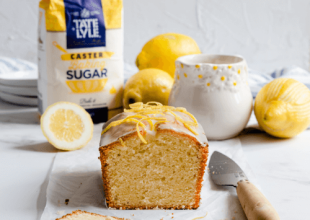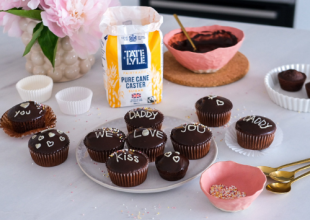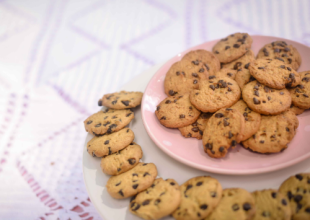How to Make the Perfect Victoria Sponge Cake: Recipes, Tips and Interesting Info
The Victoria Sponge – the quintessentially British cake created in 1843 and named after Queen Victoria, who apparently had quite the penchant for them! This classic sandwich cake totally eclipsed the standard sponge, thanks to the delicious addition of a jam-filled, cream-coated centre.
Whether you’re looking to bake the best Victoria sponge cake you’ve ever made or you’re gearing up for your very first attempt, you’ve come to the right place. In this article, discover not only our easy Victoria sponge recipe, but also our handy baking tips and tricks to help you create the ultimate Victoria sponge cake that would wow Queen Victoria herself!
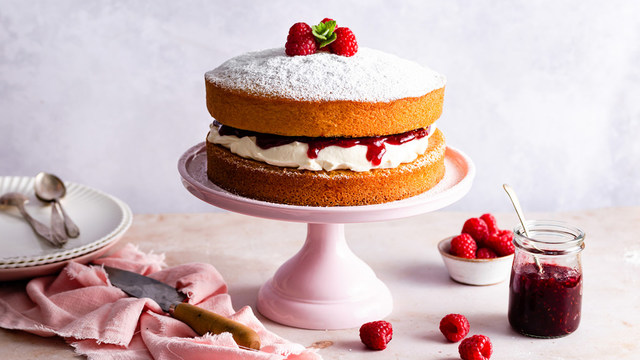
How are Victoria sponge cakes made?
There are two main methods of baking a Victoria sponge. The first is the traditional method, wherein one would cream caster sugar together with butter (fat), mix it with the beaten eggs, then fold flour and baking powder into the mixture.
The more modern method, on the other hand, involves simply whisking all the ingredients together with an electric mixer until the mixture is nice and creamy.
Victoria sponge cake recipes call for key ingredients
Not surprisingly, a traditional Victoria sponge cake recipe calls for all the usual ingredients you’d expect when making a cake; your eggs, your flour, your butter, and suchlike.
However, to truly understand how the stuff you put into your cake affects its outcome, some ingredients require more discussion than others.
Baking powder: What’s the big deal?
Did you know that baking powder is probably the most important ingredient in a traditional Victoria sponge cake recipe?
Baking powder was invented in the 19th century by an Englishman named Alfred Bird, who was involved in food manufacturing.
Without the miracle of raising agents like baking powder (or self-raising flour, which contains baking powder), sponge cakes would never have given rise (pun intended) to the Victoria sponge. You will notice that most, if not all, Victoria sponge cake recipes call for baking powder or other leavening agents to help the cake rise properly and make the texture fluffier and, well, spongier.
Be sure to follow your recipe’s measurements for leavening agents to ensure an optimal amount.
Caster sugar keeps the sponge light
When it comes to baking a Victoria sponge, we recommend opting for castor sugar instead of granulated sugar. The much finer texture of caster sugar helps to keep your sponge light and airy.
Before you get cracking on your fluffy Victoria sponge cake recipe, be sure to pick up a pack of our Tate and Lyle Caster Sugar.
Let’s talk toppings, fillings and flavourings
What you put in and on your Victoria sponge cake depends entirely on your preferences. There are a few different options and approaches when it comes to selecting your Victoria sponge’s fillings and toppings.
Jams
There is some debate among Victoria sponge enthusiasts about whether raspberry or strawberry jam should be used for the filling – our advice is to get creative and try a few different options to see which you like best!
Plus, making your own jam makes the whole experience a lot more fun! Why not try your hand at some of our popular jam recipes? Don’t forget to pick up our Tate and Lyle Preserving Sugar and Tate & Lyle Jam Sugar products to bring expert consistency to your homemade jams.
Whipped cream Vs. Buttercream
Traditional Victoria sponge cake recipes call for a freshly whipped cream or buttercream filling. This, just like the jam, is another ongoing Victoria sponge filling-related debate!
Which route you take, again, depends on what you prefer! You might even decide that you’d rather just have a jam filling with no cream at all. (Which, incidentally, is how the Women’s Institute (WI) famously choose to make it.)
If you opt for buttercream but need some help making your own, check out our popular guide – How to Make Buttercream: The Ultimate Guide.
Icing sugar for dusting
Don’t forget the dusting! Your Victoria sponge won’t quite be complete without its signature dusted top layer.
Pick up a pack of our – Tate and Lyle Cane Icing Sugar to achieve the perfect pièce de résistance dusting atop your cake.
A quirky alternative: Chocolate Victoria sponge recipe
One of the best things about the Victoria sponge is that it can easily be a building block for your own adventurous desires and variation experiments.
If you’re only here to find out how to make a Victoria sponge cake recipe, feel free to jump to the next section. If, however, you’re open to a little adventurous experimentation, read on!
Try the Tate & Lyle’s easy Victoria sponge cake recipe
If you like the sound of a chocolate Victoria sponge cake instead, simply follow our Victoria sponge recipe but use 225g Tate & Lyle Fairtrade Pure Cane Caster Sugar, 200g self-raising flour and 25g cocoa powder, sifted.
So, now you know everything about the Victoria sponge’s backstory, components and “bake-ability”, it’s time to try out our popular, 3-layer Victoria sponge cake recipe.
Don’t worry, it might sound complicated, but we promise it’s an easy Victoria sponge cake recipe to follow and master!
Don’t forget to pass the recipe along to your friends and family!
